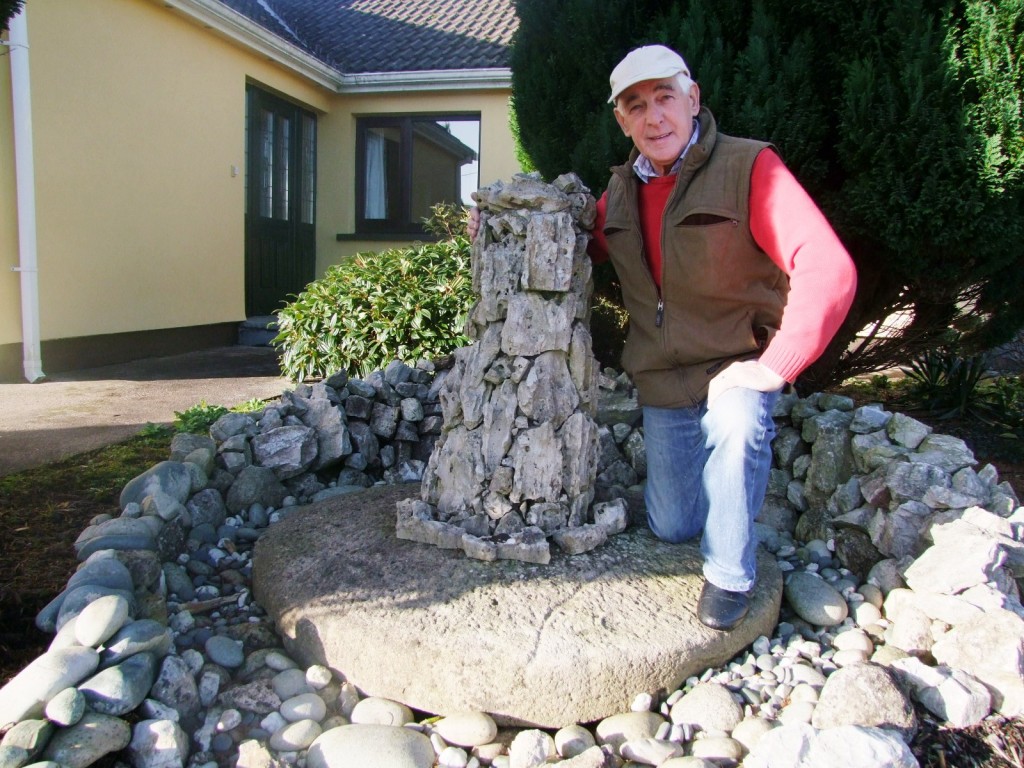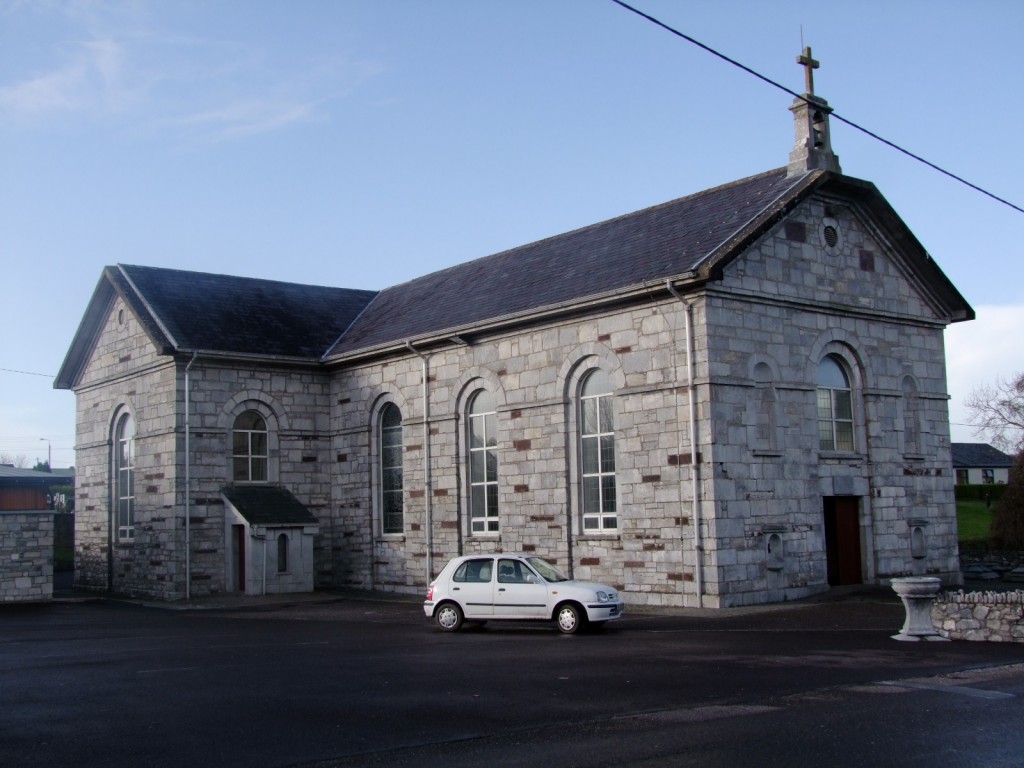Kieran’s Our City, Our Town Column,
Cork Independent, 7 January 2010
In the Footsteps of St. Finbarre (Part 195)
Fragments of Memory
There is a tendency at this stage in the Lee Valley to follow the national routeway from Ovens to Bishopstown and into Cork City – to glide into the city via its twentieth century suburbs but there is still so much to comment on. From Farran to Ballincollig, the ridges of the Lee valley provides fantastic views of the surrounding countryside and on my tattered and used ordnance survey map, there are many items, monuments and stories of note to tell of.
A referral in Ovens Bar leads me to me to Donal O’Flynn, a local historian in the area. A collector of all fragments of memories in this area, he has a strong passion for Ovens and how it came into being. In his collection each townland in Ovens is represented by a folder. Within these are kept documents, pictures, newspaper articles, photographs and ultimately parts of the jigsaw puzzle of how identity was formed in this area. The true life stories within the folders are bound up with many people, families and events that span time. Some of Donal’s folders are full to the brim with notes whilst others are less full with more empty. It is not that some townlands did not have a past; it’s just no one chose to write about the people living in the area over time. In these folders, it’s like the past is awaiting recovery.

However, Donal with or without folders has an immense personal knowledge growing up in nearby Ballygroman. He talks at will about local archaeology, the Cork-Macroom Railway line, local castles, Kilcrea Abbey, famous families and houses. He has a great passion for the War of Independence and the civil war that followed. The body of Michael Collins came through the Ovens area along the local fields. The party was helped by local man Tadgh Halloran.
However, Donal’s work seems to be more than just recovering the facts and figures of the various townlands. It is about recovering the geography, repairing, interpreting, re-interpreting, guarding and re-engaging historical information. Donal is also an avid photographer and he also uses photographs to record and even tell the story. One of the most impressive and photographed monuments in his collection is St Mary’s Church of Ireland in Barnagore townland. This can be viewed at the end of the Ballincollig Bypass, Macroom bound on the left hand side. This was built on the site of a medieval church and by the year 1615, records note that it was in ruins. The Protestant community attained control of the monument and by 1639, it was up and running as a church again. However, by 1699, it was in ruins again. The present structure which served the Athnowen-Kilnaglory Protestant union has been on the ancient site since 1745. The impressive steeple was completed in 1756. The ornate church is now an empty shell but the graveyard is still in use.
A second important church was in Disert Mór, the ‘great hermitage’, in Ballygroman upper. The name of the hermit has not been preserved in tradition. It is said that St Finbarr visited Desertmore in search of relics. There he met according to tradition Fiama, possibly the hermit. St Finbarr and the hermit reputedly became fast friends and walked regularly on Knockaneamealgulla, which overlooks the site from the west i.e. the original site.
Desertmore was mentioned in the list of churches in 1199 and in 1302 was listed as a parish. Before 1437, it was attended to by senior parish priests in the Cork Diocese. After the Reformation, it became a Protestant Church and eventually by 1616 was in ruins. A new church was built on the site in 1815 but this also no longer remains. The original hermitage was reputedly built on a marsh, which still surrounds the mound shaped plateau of Desertmore. It is said that the graveyard at one time covered this plateau, which had been formed in the course of centuries by the piling of grave upon grave. The present graveyard is enclosed within narrow limits. On the ground near the entrance gate of the graveyard is a stone, which is believed to be a ‘cross’ stone. An incision in the stone shows that it supported a timber cross.
Roman Catholic heritage also has a rich narrative in this area in post reformation times. Clinging to Catholic values and according to local lore, Franciscan friars from Kilcrea Abbey celebrated mass at a nearby stream (Clash in Irish). From this event the townland was named Clashanafrinn. The exact site is unknown. The only certain site of a Catholic chapel in the Desertmore-Athenown district is the present day site at Knockanemore, where there were two churches in succession. The first was built soon after 1731 and lasted for a century. It is said to have been a thatched church. In 1731, there was an officiating priest by the name of Teige Mahony but no mass house for either parish was recorded at that time. On the site of the thatched church in Knockanemore a new church was built by Fr Peter McSwiney in 1831 and dedicated to St John the Baptist.
To be continued…
Captions:
521a. Donal O’Flynn, Ovens, with one of his heritage sculptures, December 2009
521b. Church of St John the Baptist, Ovens, December 2009 (pictures: Kieran McCarthy)
